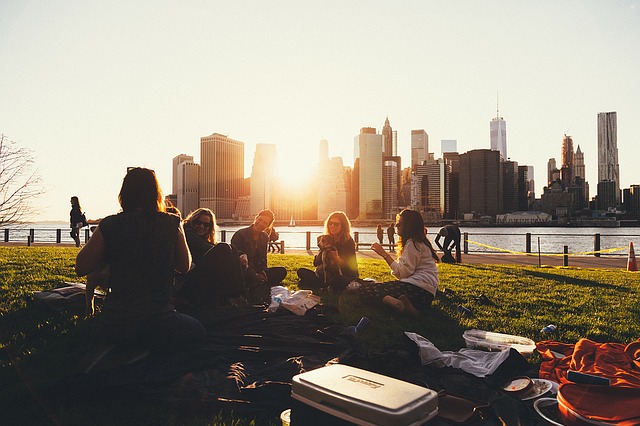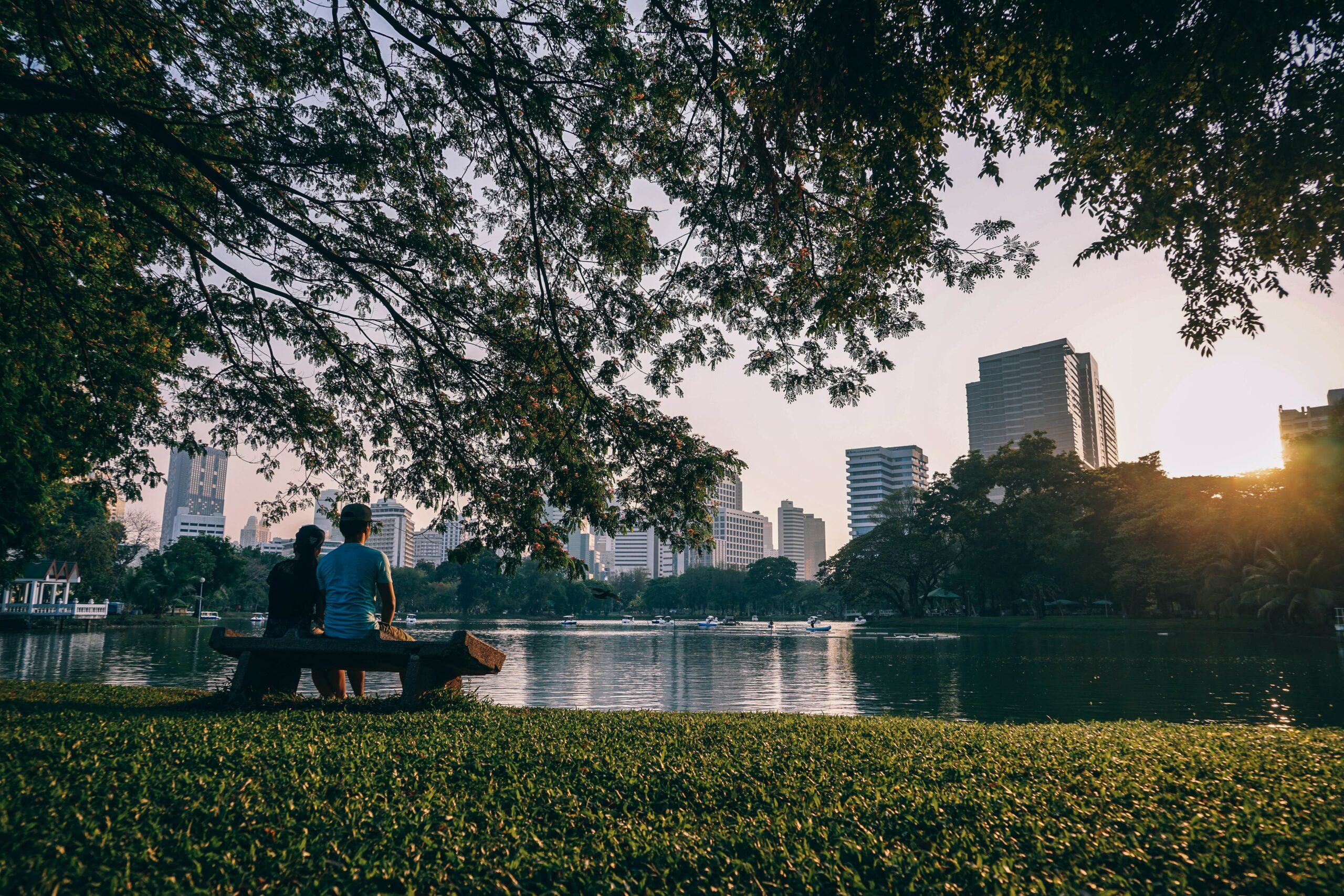by Martha Rojas Urrego
This year, the parties to the UN Convention on Biological Diversity will adopt an ambitious global biodiversity roadmap to guide progress toward a future in which humans genuinely live in harmony with nature. To achieve that goal, conservation and restoration of the world’s declining wetlands is essential.


We now face a sixth mass extinction, in which an estimated one million species are predicted to disappear. Does it matter? We survived the dodo’s demise and, though tragic, will the imminent extinction of the northern rhino really affect our lives?
In fact, it will. All living things on our planet depend on healthy and diverse ecosystems for air, water, and nutritious food. These same ecosystems regulate the climate and provide the raw materials and resources on which our economies – and lives – depend. The annual global value of natural services each year is estimated to be $125 trillion.
Yet, biodiversity loss and ecosystem collapse are among the biggest risks to economic prosperity and global development, according to the World Economic Forum. For many, it is a matter of life or death. For all of us, it is an existential threat as far-reaching, complex, and urgent as climate change.
The world’s failure to meet almost all of its biodiversity goals highlights how we’ve underestimated that threat. Humanity wonders at the natural world but fails to value it. We pollute ecosystems, exploit their resources with abandon, and make them inhospitable. Too often, we fixate on the threatened extinction of iconic species – the polar bears and koalas whose suffering makes headlines – while ignoring the vast range of organisms we may never see, but which are essential to sustaining the habitats that support and shelter all life, including us.
The most endangered ecosystems are wetlands, including freshwater rivers, lakes, paddies, marshes and peatlands, and saltwater estuaries, mangroves, coral reefs, seagrass beds, and lagoons. We have lost 87% of our wetlands in the past 300 years, and 35% since 1970. Today, they are disappearing faster than any other ecosystem – three times faster than even forests. As they vanish, so does the life within them. More than 25% of wetland plants and animals – which comprise up to 40% of all the world’s species – are at risk of extinction, and stocks of other remaining species are declining rapidly.
GLAND, SWITZERLAND – It’s called the Extinction Wing. Located in a dark corner of the Paris Museum of Natural History, it houses a haunting collection of species that have long vanished from the natural world. With biodiversity declining faster than at any time in human history, what size museum will future generations need?